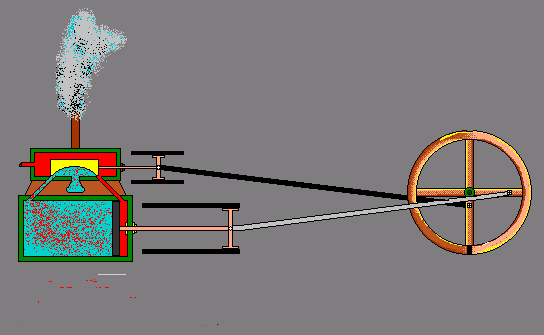
Industrialization was triggered by the elaboration of sixteenth and seventeenth century steam engines.
A double acting steam engine from the 1790s
Steam Engine's influences | prototype | Engine parts | James Watt | critique | Transportation
This "double-acting" device was used to increase the efficiency of a single cylinder by adding an extra cylinder to bleed off the exhaust heat from the main cylinder after it expanded, and was used to start the main drive shaft.
| The steam engine dates to the 1690s, was perfected in the 1720s and improved by James Watt to increase its power output and versatility in 1776. | ||
The Newcomen Engine |
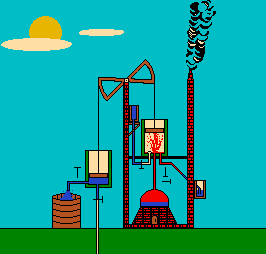 |
|
| The mechanical age, that had begun with organs and clocks, was accelerated in the widespread application of this new technological complex of steam engines for use in the the drainage of mines where coal was extracted for use in iron making. Because the cylinders of the engine had to be of high grade iron, the relation of these advances was described as "Thus steam engines developed in symbiosis with the iron industry, as well as with coal mining." | ||
| Arnold Pacey, Technology in World Civilization, p. 113. | ||
|
||
| Automatic devices had been used very early in pipe organs, but the steam engine had a far wider application to other inventions and replaced the clock, pipe organ, and even gunpowder as a trigger of the modern age because it could be equally effective in moving machinery in coal mines or textile mills, or lumber mills and mills for grinding grains. | 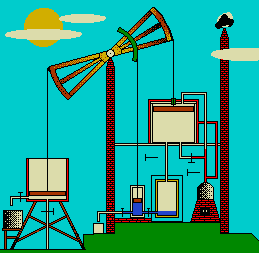 |
|
| So important was the steam engine that many historians call its invention and wider application: the industrial revolution. It is however a key element in the mechanical transformation of tools, organization and cultural values. | ||
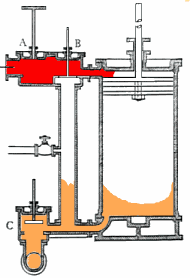
|
The double acting steam engine's efficiency was enhanced by one cylinder --called the condensing cylinder that stayed cold and the traditionally heated cylinder where the steam expanded and pushed the piston to move the drive shaft in a more consistent motion than the older Newcomen engine. The new design made for both portability and the capacity to perpendicularly rotate the engine from its vertical up and down motion to a horizontal position that allowed for side to side motion. It is this very versatility that allowed for the spread of the machinery; but altering the position of the steam engine would make steam ships and railway engines ubiquitous. |
|
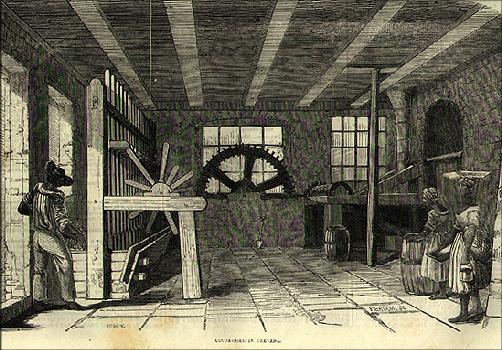
Technology disturbs | The Order of Things | Pacey Chapters | Pursell Chapters | Time Lords
![]()
Pursell | Pacey–World | Postman | Head | Tenner |Pacey–meaning| Eberhart | Snow | Kaku | Boulding | Delillo | Kranzberg
| Postman–Tech | Postman–Television |
 |
||
|---|---|---|
| Tools of Toil: what to read. | ||
| Tools are historical building blocks of technology. | ||